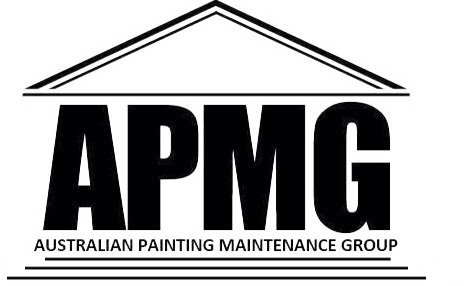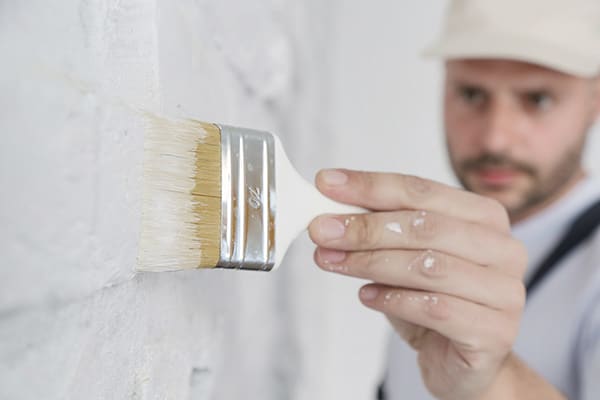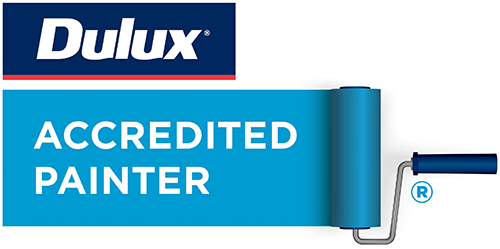The sheen level you select can dramatically impact the final look of your room, the durability of your paint job, and even how easy it is to keep your walls clean.
What is Sheen Level?
Sheen refers to the amount of light reflected from a painted surface. It affects not only the appearance but also the durability and maintenance of the paint job. The choice of sheen level depends on the surface you’re painting and your desired finish.
How Sheen Affects Colour
The level of sheen can impact how colour appears. Higher gloss paints are more reflective, potentially making colours appear lighter than their low sheen or matte counterparts. Always test your chosen colour with a sample pot before starting your project.
Types of Paint Finishes
Gloss vs Semi Gloss vs Satin vs Low Sheen vs Flat
When it comes to choosing the right paint for your project, understanding the different types of finishes is essential. Below, we compare various paint finishes to help you decide which one best suits your needs.
| Finish | Description | Pros | Cons |
|---|---|---|---|
| High-Gloss Finish | High-gloss paint provides a mirror-like, highly reflective surface. It’s durable and easy to clean, ideal for doors, trim, and cabinets but highlights surface imperfections. | Ultra-shine finish, resistant to stains and moisture. | Shows every flaw, requires proper preparation. |
| Semi-Gloss Finish | Semi-gloss offers a balance of high shine and subtle sheen. It’s durable, mildew-resistant, and easy to clean, ideal for bathrooms, kitchens, and trim. | Highly durable, mildew-resistant, easy to clean. | Shows some imperfections, requiring careful preparation. |
| Satin Finish | Satin has a soft, pearl-like sheen and is popular for high-traffic areas like hallways and family rooms. More durable than flat finishes, suitable for routine cleaning. | Soft, velvety sheen, durable for routine cleaning. | Application technique is crucial; visible brush strokes. |
| Low Sheen / Eggshell | Eggshell offers a subtle sheen, ideal for living rooms and bedrooms. It hides most imperfections while being resistant to wear. | Conceals imperfections, durable, and fingerprint-resistant. | Less durable than higher-sheen finishes, harder to clean. |
| Flat/Matte Finish | Matte paints provide a non-reflective appearance, ideal for low-traffic areas and ceilings. Excellent at hiding surface flaws but not very durable. | Hides surface flaws, requires fewer coats, sophisticated look. | Least durable, difficult to clean, not suitable for humid areas. |
Factors to Consider When Choosing a Paint Finish
Consider the function of the room and the level of traffic it receives when selecting a paint finish. High-traffic areas and spaces prone to moisture benefit from more durable finishes like semi-gloss or satin.
For living areas and bedrooms, eggshell or matte finishes can create a sophisticated look while hiding minor imperfections.
Remember, the right paint finish not only enhances the aesthetics of your space but also ensures longevity and ease of maintenance. Always consider factors like lighting, surface condition, and cleaning requirements when making your choice.

Types of Paint Bases
Oil Based Paint vs Water Based Paint
While we’ve focused primarily on finishes, it’s also worth understanding the two main types of paint bases:
| Type | Characteristics | Advantages | Disadvantages |
|---|---|---|---|
| Oil-Based Paints | – Longer drying time for a smoother finish – High durability – Excellent adhesion |
– Smoother finish – Very durable – Adheres well to surfaces |
– High VOC content – Strong odours – Requires mineral turpentine for clean-up |
| Water-Based (Acrylic) Paints | – Easy clean-up with water – Quick drying time – Low odour – Resistant to yellowing |
– Easy to clean with water – Fast drying – Low odour – Doesn’t yellow over time |
– May not achieve as smooth a finish as oil-based – Slightly less durable on certain surfaces |
Tips for Application
Choosing the right paint finish is only half the battle. To achieve the best results, proper application is crucial. Here are some key tips to ensure your paint job looks professional and lasts longer:
1. Prepare Your Surface Properly
Regardless of the paint finish you choose, proper surface preparation is essential. This includes:
- Cleaning the surface thoroughly to remove dirt, grease, and dust
- Repairing any cracks, holes, or imperfections
- Sanding rough areas to create a smooth surface
- Applying primer if necessary, especially when painting over dark colours or porous surfaces
2. Use the Right Tools
Different paint finishes may require different application tools:
- For flat and eggshell finishes, a roller with a medium nap (10-12mm) usually works well
- For higher sheen finishes, use a roller with a shorter nap (6-8mm) to minimise texture
- High-quality brushes are essential for cutting in and painting trim
3. Apply Multiple Thin Coats
It’s better to apply several thin coats rather than one thick coat. This approach helps prevent drips and ensures even coverage. Allow each coat to dry completely before applying the next.
4. Maintain a Wet Edge
When rolling or brushing, always work from a dry area into a wet area, maintaining a “wet edge”. This technique helps prevent lap marks and ensures a smooth, even finish.
5. Consider the Weather
If you’re painting outdoors or in a room with open windows, be mindful of the weather:
- Avoid painting on very hot days or in direct sunlight, as the paint may dry too quickly
- Don’t paint when it’s too cold or humid, as this can affect drying time and finish quality
6. Be Patient with Drying Times
Different finishes and paint bases have varying drying times. Water-based paints generally dry faster than oil-based ones. However, even if the surface feels dry to the touch, allow ample time before hanging pictures or placing furniture against freshly painted walls.
Unlock Your Home’s Potential
Selecting the right paint finish is a crucial step in any painting project. By understanding the characteristics of different sheens – from high-gloss to flat – and considering factors like room function, lighting, and surface condition, you can make an informed choice that balances aesthetics with practicality.
By following this guide, you’ll be well-equipped to choose the perfect paint finish for every room in your home, ensuring a beautiful and long-lasting result that you’ll enjoy for years to come.
If you’re looking for further information on the best paint options for your project or have paint selected but need professional painters to complete the project, contact our team today.










